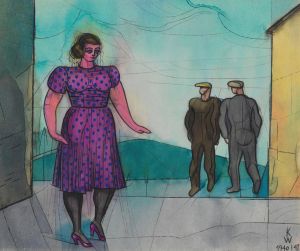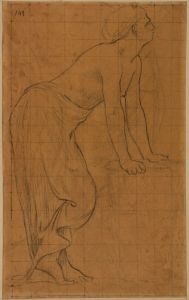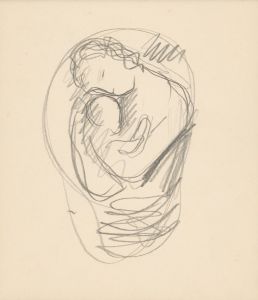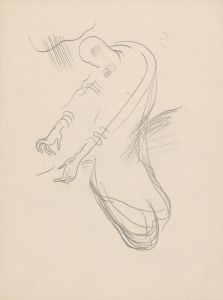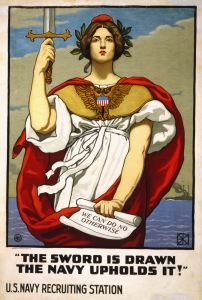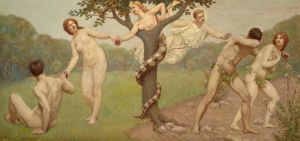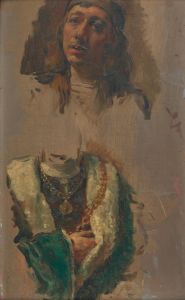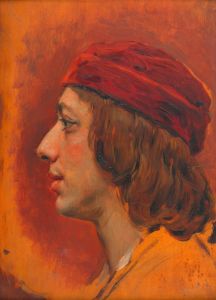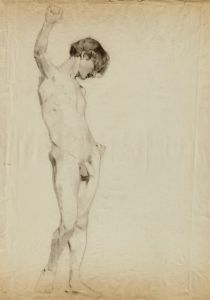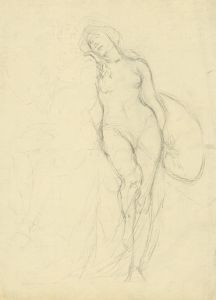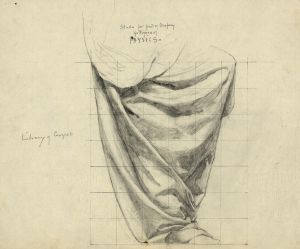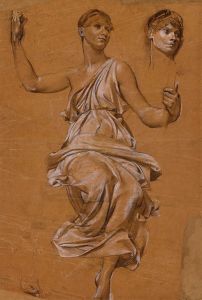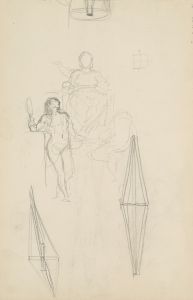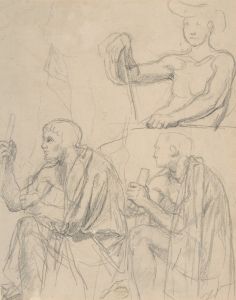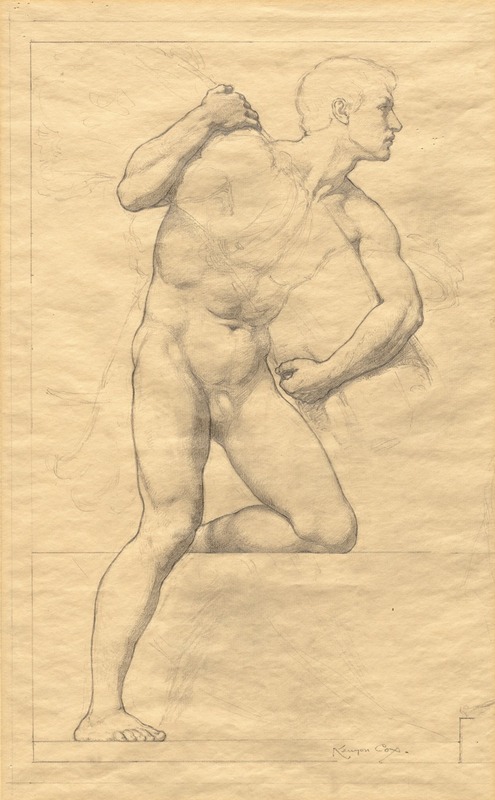
Sketch 6
A hand-painted replica of Kenyon Cox’s masterpiece Sketch 6, meticulously crafted by professional artists to capture the true essence of the original. Each piece is created with museum-quality canvas and rare mineral pigments, carefully painted by experienced artists with delicate brushstrokes and rich, layered colors to perfectly recreate the texture of the original artwork. Unlike machine-printed reproductions, this hand-painted version brings the painting to life, infused with the artist’s emotions and skill in every stroke. Whether for personal collection or home decoration, it instantly elevates the artistic atmosphere of any space.
Kenyon Cox (1856–1919) was an American painter, illustrator, muralist, and writer, known for his academic style and contributions to American art in the late 19th and early 20th centuries. He was a prominent figure in the American art scene and played a significant role in the development of art education in the United States. Cox was born in Warren, Ohio, and studied at the Pennsylvania Academy of the Fine Arts before moving to Paris to continue his education at the École des Beaux-Arts. There, he studied under renowned artists such as Jean-Léon Gérôme and Carolus-Duran, which greatly influenced his classical approach to art.
"Sketch 6" by Kenyon Cox is one of his many works that exemplify his dedication to the academic style, characterized by precise draftsmanship, balanced composition, and a focus on the human figure. Cox's sketches often served as preparatory studies for larger works, including murals and paintings, where he meticulously planned the arrangement and interaction of figures. His sketches are noted for their clarity and attention to anatomical detail, reflecting his deep understanding of the human form.
Cox's work was heavily influenced by the classical traditions of the Renaissance and the ideals of beauty and harmony. He was a proponent of the academic art movement, which emphasized the importance of technical skill and adherence to classical standards. This is evident in "Sketch 6," where Cox's mastery of line and form is apparent. His sketches often reveal his process of exploring different poses and compositions, which were integral to his larger works.
In addition to his work as an artist, Kenyon Cox was a respected art critic and writer. He contributed articles to various art journals and publications, where he articulated his views on art and its role in society. Cox was also a teacher at the Art Students League of New York, where he influenced a generation of American artists. His teachings emphasized the importance of drawing and the study of classical art, which he believed were essential foundations for any aspiring artist.
Cox's legacy is marked by his contributions to public art, particularly through his murals in prominent buildings such as the Library of Congress and the Wisconsin State Capitol. His work in these public spaces reflects his belief in the civic role of art and its ability to inspire and educate the public.
While specific details about "Sketch 6" may not be extensively documented, it is representative of Kenyon Cox's broader body of work and his commitment to the principles of academic art. His sketches remain valuable for their insight into his artistic process and his dedication to the ideals of beauty and craftsmanship. Cox's influence on American art and his role as an educator continue to be recognized and appreciated in the history of American art.





